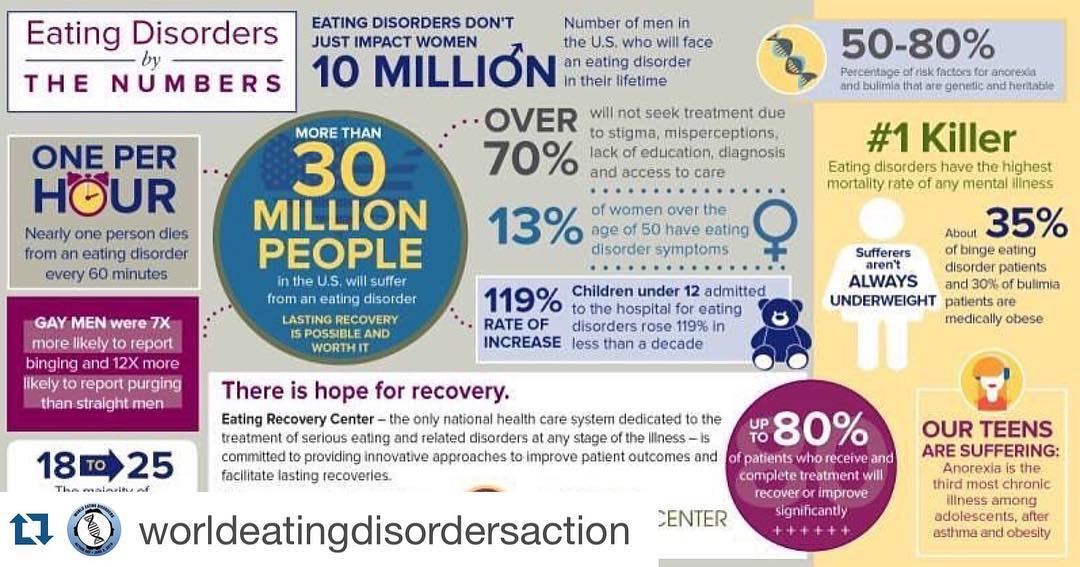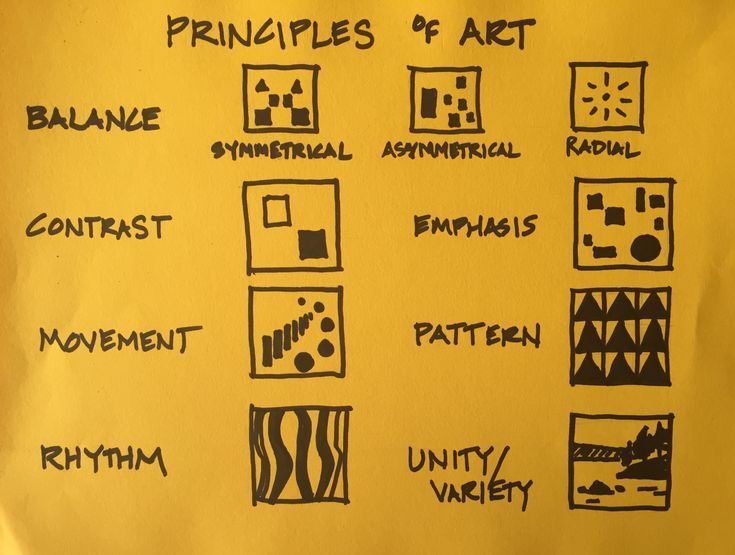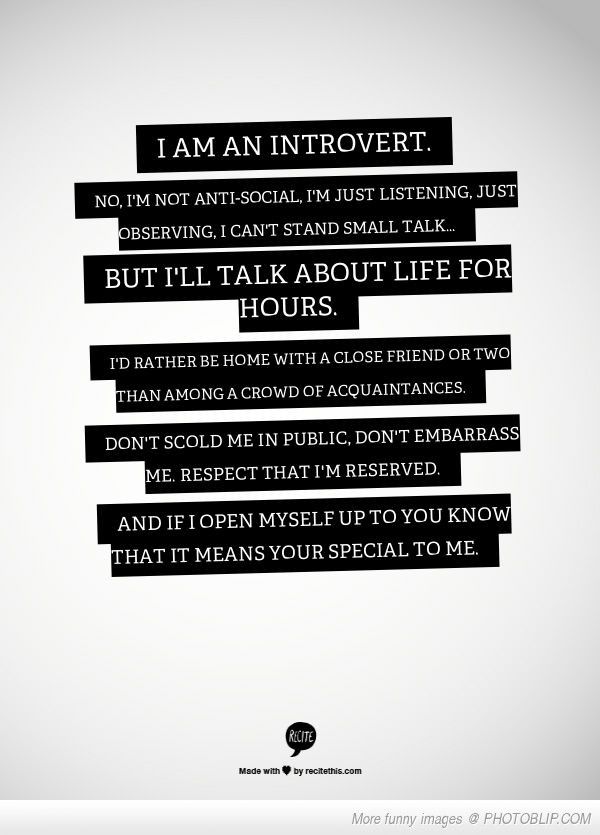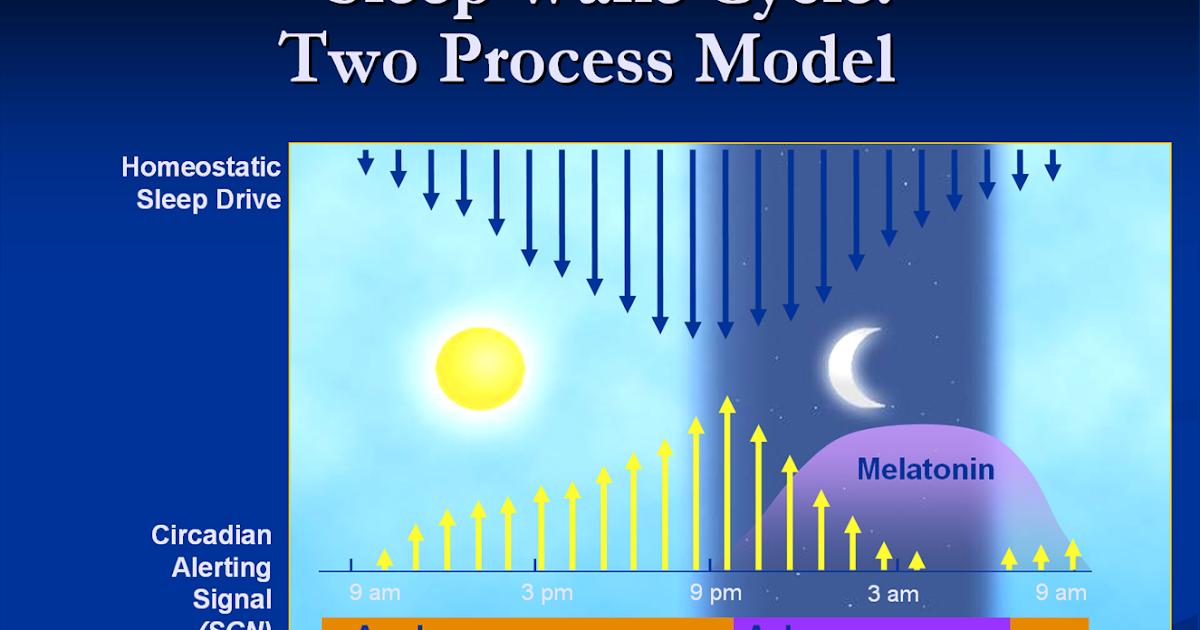Best therapy for eating disorders
Therapy for Eating Disorders: Types, Efficacy, and Recovery
An eating disorder is a mental health condition that causes disturbances to your diet and the way you view food.
There are several types of eating disorders. Some examples include:
- anorexia nervosa
- bulimia nervosa
- binge eating disorder
People that have an eating disorder may eat too much food, too little food, or become preoccupied with their body shape or weight. Without treatment, an eating disorder may become serious and potentially life-threatening.
However, recovery from an eating disorder is possible with treatment. This often involves a team of health professionals that work together to help you on your way to recovery.
One part of your treatment plan will involve therapy.
Below, we’ll explore the different types of therapy for eating disorders, how effective they are, and ways to seek help for yourself or a loved one.
There are many levels of care that are available for the treatment of eating disorders.
Intensive outpatient or outpatient
Outpatient means that you return home following a treatment session. This level of care is often used for individuals who:
- don’t need to be monitored on a daily basis
- are functioning well in school, work, or social settings
- are continuing to make progress in their recovery
Outpatient programs may vary in intensity depending on an individual’s needs. Some may have sessions once or twice per week, while more intensive programs often involve sessions that are longer and more frequent.
Partial hospitalization
You may also see these referred to as “day hospital” programs. They’re more intensive than an outpatient program and may be recommended for someone who:
- needs to be monitored on a daily basis
- has an eating disorder that impacts their ability to function, but not in a manner that poses an immediate risk
- performs activities like bingeing, purging, or fasting on a daily basis
A partial hospitalization program typically involves sessions that can last several hours and occur most days out of the week.
Residential
People in a residential treatment program temporarily live in a facility that’s specifically aimed at addressing eating disorders. These facilities offer their residents monitoring and care around the clock.
This type of program is often recommended for people that:
- need longer term care for their eating disorder
- require daily monitoring
- haven’t responded to outpatient or partial hospitalization treatment programs
The length of time that a person spends in a residential program depends on the severity of their condition as well as the individual facility.
Inpatient hospitalization
This level of care involves a stay at a hospital. It’s used for individuals with an eating disorder who are experiencing a medical emergency, such as:
- unstable vital signs
- symptoms that have worsened quickly
- complications due to their eating disorder or another underlying health condition
- suicidal ideation
Hospitalization aims to stabilize your condition.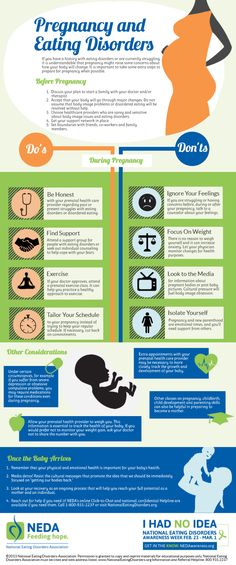 When you’re discharged, an outpatient, partial hospitalization, or residential program will be recommended based off your individual situation.
When you’re discharged, an outpatient, partial hospitalization, or residential program will be recommended based off your individual situation.
Various types of therapy can be used in the treatment of eating disorders. Below, we’ll explore each type of therapy in more detail.
Online therapy options
Read our review of the best online therapy options to find the right fit for you.
Cognitive behavioral therapy (CBT) and enhanced cognitive behavioral therapy (CBT-E)
CBT aims to identify the thought patterns and beliefs that contribute to your eating disorder.
These could include thoughts or beliefs that are associated with things such as:
- food
- weight
- body shape
- appearance
Once these thoughts and beliefs are identified, you’re then taught strategies to modify them and to help manage them.
CBT is used for a variety of mental health conditions, and people receiving CBT for eating disorders experience improvements in other related symptoms like depression and anxiety.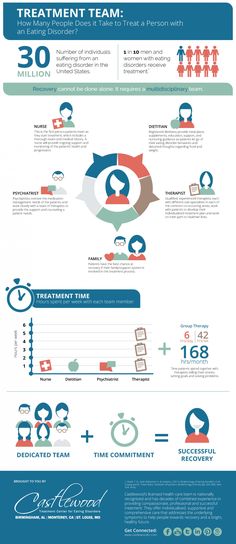
CBT-E (enhanced) is a type of CBT that’s intended for use in all types of eating disorders.
Interpersonal psychotherapy (IPT)
IPT is a type of therapy that’s used to treat eating disorders like binge eating disorder or bulimia. In IPT, your eating disorder is explored in the context of social and interpersonal relationships.
Four different “problem areas” are used in IPT. These include:
- Interpersonal deficits: This often includes feelings of isolation or a lack of close, fulfilling relationships. The relationships in question don’t have to be romantic, but can also be related to those with friends or family.
- Role disputes: This often involves a difference in expectations between yourself and one or more important people in your life, such as parents, friends, or employers.
- Role transitions: This is typically concerned with big life changes, such as being on your own for the first time, starting a new job, or being in a new relationship.

- Grief: This can include feelings of loss due to the death of a loved one or the end of a relationship.
Your doctor will work with you to explore how issues in each of these problem areas contribute to your eating disorder. They’ll then help you develop strategies to improve your communication and interpersonal skills to help reduce your symptoms.
Family-based treatment (FBT)
You may also see this type of therapy referred to as the Maudsley Method. It’s often used for children or adolescents that have an eating disorder.
In FBT, your family members are vital parts of your recovery process. They’re involved in helping you do things like:
- maintaining healthy eating patterns
- restoring and maintaining a healthy weight
- interrupting unhealthy behaviors, such as binge eating or purging
Dialectal behavior therapy (DBT)
DBT focuses on managing difficult emotions. With DBT, you’ll learn skills to change the behaviors associated with your eating disorder.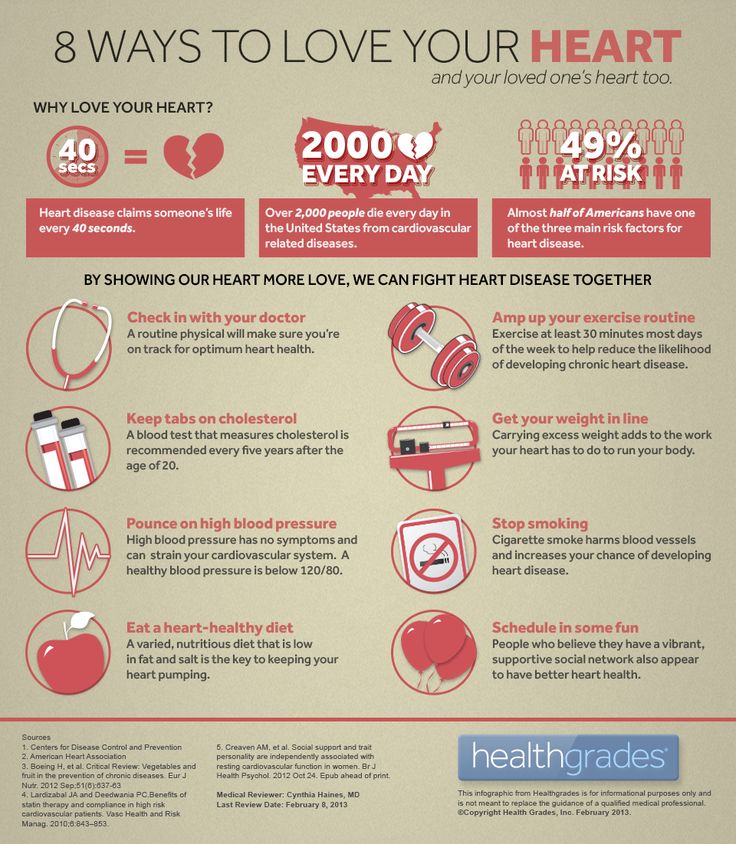
Some specific skills that DBT aims to build include:
- interpersonal skills
- emotional expression
- flexibility and openness
- coping with feelings of distress
- encouraging mindfulness
DBT has been studied in the treatment of binge eating disorder, anorexia nervosa, and bulimia nervosa.
Acceptance and commitment therapy (ACT)
ACT asks you to focus on changing your actions as opposed to your thoughts or feelings.
A principle of ACT is that the behaviors associated with mental health conditions come from responses to unpleasant feelings like anxiety or pain.
People undergoing ACT are asked to examine for themselves what their core values are. They’re then asked to develop goals that help them better satisfy these values.
The aim is to accept all feelings — including the unpleasant ones — and to commit to changing your actions so they better align with your core values. Through this, it’s believed that you can lead a better life and begin to feel better.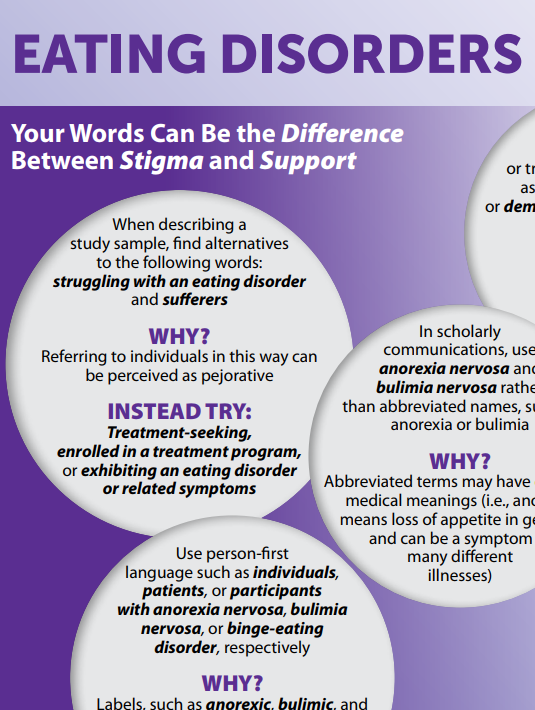
ACT is a viable treatment for eating disorders, but more research is needed to see if it’s effective as a standalone therapy.
Cognitive remediation therapy (CRT)
CRT focuses on promoting big-picture thinking and mental flexibility. It’s currently used in the treatment of anorexia nervosa.
In CRT, a variety of exercises and tasks are used to help address the rigid thinking patterns that are often associated with anorexia nervosa. Some examples of such tasks include:
- drawing shapes or performing motions with your dominant and nondominant hand
- asking you to repeatedly switch your attention between two topics
- reading and summarizing increasingly difficult passages
- finding different ways to navigate a map
- asking you to come up with alternative ways to use everyday objects
Psychodynamic psychotherapy
The overall goal of psychodynamic psychotherapy is to help you understand the underlying cause of your eating disorder. This involves diving deep into things such as your internal conflicts and motives.
This involves diving deep into things such as your internal conflicts and motives.
Providers of this type of therapy believe that your symptoms are the result of unresolved wants and needs. As such, understanding the root cause of your disorder can address your symptoms and reduce your risk of relapse.
You may be wondering which types of therapy are most effective for the treatment of eating disorders. The answer to this question can depend on the type of eating disorder you have.
Additionally, different types of therapy work best for different individuals. Because of this, you may need to try a few different approaches before you find one that works for you.
What therapies are most effective?
Some types of therapy for eating disorders are more established than others.
A 2013 review of different therapy types for eating disorders found the following:
- No single therapy method was most effective for adults with anorexia nervosa. However, many people with anorexia do see an improvement with therapy.

- CBT and IPT are the most established treatments for binge eating disorder and bulimia nervosa.
- FBT is the most established type of therapy for children and adolescents with anorexia nervosa, and may also be beneficial for those with bulimia nervosa.
What about other types of therapies?
Researchers continue to investigate the efficacy of other therapies that we discussed above. Below is a snapshot of some of the results:
- ACT: A 2020 study assessed 99 women with residual eating disorder symptoms and body image problems. At a 2-year follow-up, women who had received 12 sessions of ACT had fewer symptoms than those who didn’t receive ACT.
- CRT: A 2018 study looked at using CRT for 145 women with anorexia nervosa in an inpatient program. Results suggested that CRT may be beneficial as a supplemental treatment for anorexia nervosa, but further research is needed.
- DBT: A small 2015 study assessed DBT for treating anorexia nervosa.
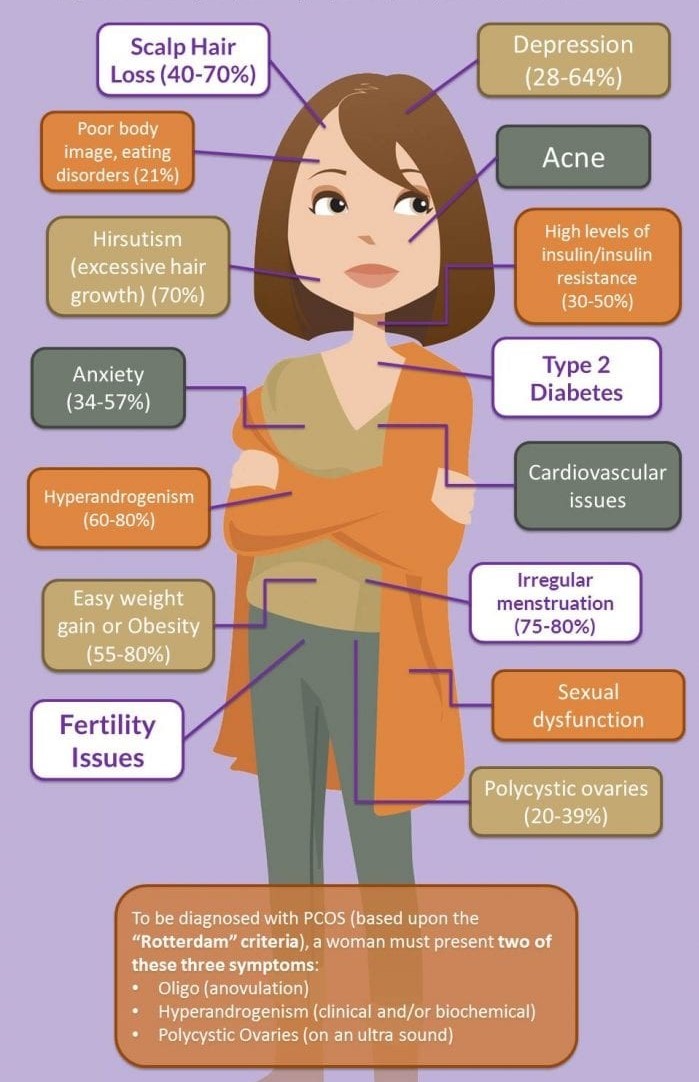 It found that specifically targeting skills like flexibility, openness, and interpersonal skills may be helpful in treating this disorder.
It found that specifically targeting skills like flexibility, openness, and interpersonal skills may be helpful in treating this disorder. - Psychodynamic psychotherapy: A 2016 paper reviewed 47 studies of psychodynamic psychotherapy for treating eating disorders. It noted that while studies are scarce, the available data supports the use of this therapy for eating disorders, particularly for anorexia, but noted that more studies are needed to test its effectiveness.
Recovery versus cure
As we discuss the effectiveness of these therapies, it’s important to be cautious when using the word “cure” in the context of eating disorders. A more accurate term to use is “recovery.”
Therapy for eating disorders aims to equip you with skills and strategies you can implement into your everyday life to address your condition. In this way, you can achieve recovery, during which you experience little to no symptoms.
It’s possible for someone who has recovered from an eating disorder to relapse. This is not uncommon with many eating disorders.
This is not uncommon with many eating disorders.
You can help manage a relapse by:
- Acknowledging that the relapse occurred and that this is normal with eating disorders.
- Notifying your care provider and support network of what you’re experiencing.
- Being kind to yourself — you have not failed!
- Identifying actionable steps in your treatment plan to help resume your recovery.
If you believe that you or a loved one has an eating disorder, it’s important to remember that help is always available. Recovery from an eating disorder is possible by seeking treatment.
There are numerous resources available to help you find treatment. In the sections below, we’ll discuss where to find help and how to talk with a doctor.
You can use the resources below to find help that’s available in your area.
Your primary care provider
Your primary care doctor can be an important initial resource for getting help with an eating disorder. They can help evaluate your symptoms and eating patterns, and can refer you to a treatment specialist close to you.
They can help evaluate your symptoms and eating patterns, and can refer you to a treatment specialist close to you.
National Eating Disorders Association (NEDA)
NEDA is a nonprofit organization that works to support those that have an eating disorder. Their website contains a wealth of information about eating disorders, treatment, and support.
Additional resources from NEDA that you may find helpful include:
- Treatment locator: This map tool can help you find a treatment provider close to you.
- NEDA helpline: You can use the NEDA helpline (800-931-2237) to find support and treatment resources that are available to you. It’s available Monday through Friday, although you can leave a message after hours.
National Association of Anorexia Nervosa and Associated Disorders (ANAD)
ANAD is a nonprofit organization that aims to help people with eating disorders get care and support.
They have several resources that you can use, such as:
- Treatment directory: The ANAD treatment directory can help you find a treatment provider in your area.

- Helpline: The ANAD helpline (630-577-1330) provides information, offers support, and gives treatment referrals. It’s available Monday through Friday and on Sundays. You can leave a message after hours.
- Support groups: There are several virtual support groups that meet on a regular basis.
National Alliance on Mental Illness (NAMI)
NAMI aims to offer education, support, and public awareness of mental health issues.
Some NAMI resources you may find useful are:
- Helpline: The NAMI helpline (1-800-950-6264) provides information, support, and treatment referrals to those with mental health conditions. It’s available Monday through Friday.
- Support groups: NAMI offers support groups throughout the country for people with mental health conditions and their families.
Substance Abuse and Mental Health Services Administration (SAMHSA)
SAMHSA is a government agency that addresses mental health and substance use concerns throughout the country. Their website has a treatment locator that you can use to find a treatment facility in your area.
Their website has a treatment locator that you can use to find a treatment facility in your area.
Additionally, the SAMHSA National Helpline (1-800-662-4357) is available 24 hours a day, 365 days per year. You can call this number to receive a referral for a treatment facility near you. All information is kept confidential.
Getting help for an eating disorder may initially seem challenging or scary. These feelings are normal — discussing concerns about our bodies or our mental health can require us to be more vulnerable than we’re used to.
Remember: Seeking help is a big first step on your recovery journey.
If you think you may have an eating disorder, make an appointment with your doctor to discuss your concerns. You can choose to see your primary care doctor or a mental health professional.
Try to be as open as possible with your doctor about your thought patterns, eating habits, and concerns. Also, don’t hesitate to ask questions if you have them.
If you’re nervous, it may be helpful to bring a family member or friend along with you for support.
If you’re concerned about a loved one
A friend or family member that has an eating disorder may not believe they need to seek treatment. They may also be defensive about topics like their diet and weight.
If you’re worried that someone close to you has an eating disorder, speak with them openly and compassionately about your concerns.
Encourage them to seek treatment. If they’re scared or unsure, offering to go with them may be helpful.
Treating an eating disorder often involves some form of therapy. The specific therapy method that’s used can depend on the eating disorder you have, as well as which approach is most effective for you personally.
Overall, therapy helps you learn strategies that can help change the thought patterns or behaviors associated with your eating disorder. By using these in your daily life, you can reach recovery.
If you have an eating disorder, it’s always important to know that help is available and that there are many resources that can aid you in finding help.
Remember that seeking care is an important initial step in your recovery journey.
Types of Therapy for Eating Disorders and How They Work
Table of Contents
Successfully treating eating disorders usually involves a variety of treatment methods. This can include a combination of therapy, medication, and education. There are several specific types of therapies that can be used for treating eating disorders. What types are used will depend on the eating disorder a person has and each person’s specific needs and goals. Eating disorder treatment centers will usually offer a variety of therapies for their patients. The following are several types of the most prominent therapies used to treat eating disorders.
Cognitive Behavioral Therapy
Cognitive Behavioral Therapy (CBT) has been successful in treating several different conditions and is often used for eating disorder recovery. In simplest terms, CBT can be understood as a type of talk therapy. This type of therapy is often used because it can help people quickly identify and learn to cope with challenges in their lives. CBT is sometimes combined with other types of therapies and medications. According to the American Psychological Association, there are several basic principles involved in CBT.
This type of therapy is often used because it can help people quickly identify and learn to cope with challenges in their lives. CBT is sometimes combined with other types of therapies and medications. According to the American Psychological Association, there are several basic principles involved in CBT.
- Problems or conditions are based, at least in part, on unhelpful or negative thinking patterns. Identifying and sharing thoughts about an individual’s problems is a major part of CBT.
- Problems or conditions are based, at least in part, on patterns of negative behavior. It’s necessary to reshape ways of thinking that will eventually change behavior.
- CBT provides better ways of thinking, and ultimately of coping. This can lead to the successful treatment of everything from depression and anxiety to a variety of eating disorders.
There are several strategies CBT will use to help individuals change their thinking patterns and ultimately their behavior.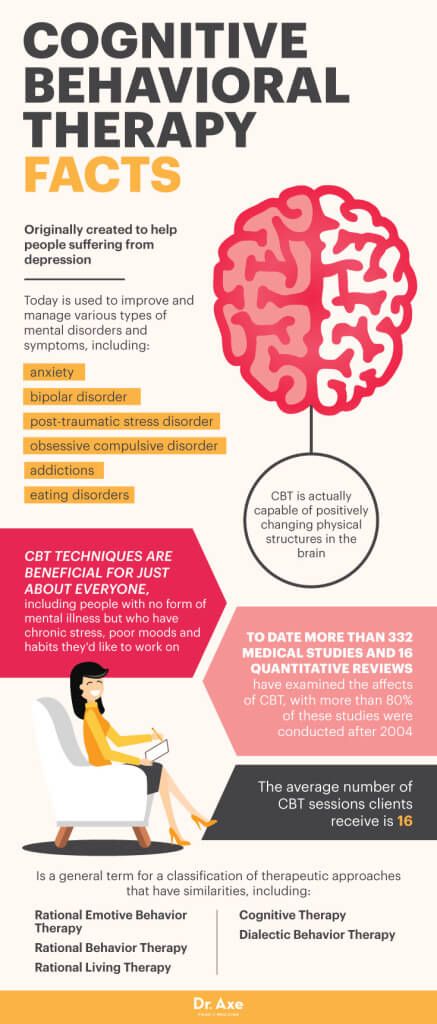 A few of these include using problem-solving skills to deal with difficult situations, developing greater confidence, and using one’s mind to calm and relax the body. CBT therapy also helps individuals understand the motivation and behavior of other people as well. The health professional will work with individuals to help them discover ways to treat their condition that is catered to their specific needs. There are generally no risks involved in CBT. An individual, however, may feel vulnerable or uncomfortable at times. A highly trained therapist can provide psychologically gentle care while helping a person change thinking and behavior patterns.
A few of these include using problem-solving skills to deal with difficult situations, developing greater confidence, and using one’s mind to calm and relax the body. CBT therapy also helps individuals understand the motivation and behavior of other people as well. The health professional will work with individuals to help them discover ways to treat their condition that is catered to their specific needs. There are generally no risks involved in CBT. An individual, however, may feel vulnerable or uncomfortable at times. A highly trained therapist can provide psychologically gentle care while helping a person change thinking and behavior patterns.
Cognitive Processing Therapy
Cognitive Processing Therapy (CPT) is a type of therapy that focuses on traumatic events in a person’s life and how that individual copes after experiencing such an event. CPT is often used in the treatment of Post-Traumatic Stress Disorder (PTSD). The National Institutes of Health states that PTSD and eating disorders share similar features that include dissociation, impulsive behavior, and cognitive disturbances. According to the Center for Deployment Psychology, CPT includes several phases of treatment.
According to the Center for Deployment Psychology, CPT includes several phases of treatment.
- First Phase – This phase involves an initial assessment to determine the appropriateness of this type of treatment. This may or may not be the best approach for a person with an eating disorder.
- Second Phase – The second step focuses on psychoeducation, with the therapist and the client working together as a team. A person will learn about their symptoms and how treatment can help.
- Third Phase – This part of CPT includes allowing the traumatic emotions to come forth while identifying specific thoughts that are hindering recovery. Individuals will be asked to discuss, or possibly write about, the traumatic event that they went through.
- Fourth Phase – Inaccurate thoughts or beliefs are referred to as “stuck points.” These stuck points are then identified and worked out through open-ended questioning.
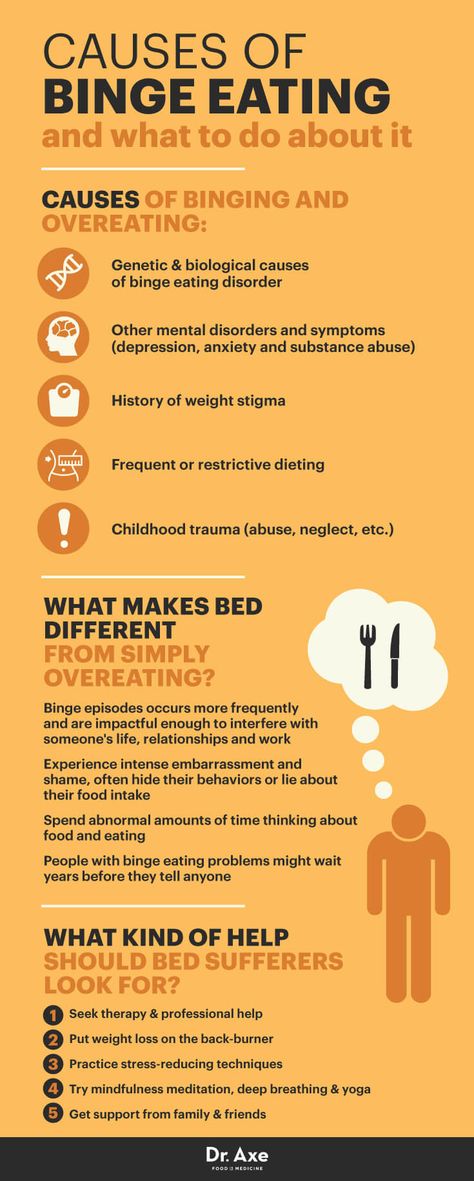 The stuck points are then connected to trauma themes that may include issues regarding safety, intimacy, trust, and self-esteem. The patient takes a very active role during this part of therapy.
The stuck points are then connected to trauma themes that may include issues regarding safety, intimacy, trust, and self-esteem. The patient takes a very active role during this part of therapy. - Fifth Phase – The final stage of therapy involves reviewing what has occurred so far during therapy, making plans for the future, and focusing on relapse prevention.
CPT generally is completed in 12 sessions and takes approximately 3 months to complete. The actual sessions are usually very structured. Individual sessions are approximately 50 minutes in length while group sessions will be 90 to 120 minutes long. CPT is a type of therapy that is used at many eating disorder treatment centers.
Dialectical Behavioral Therapy
This type of therapy is a modified form of CBT that emphasizes both psychological and social factors. Dialectical Behavioral Therapy (DBT) builds on the principles practiced in CBT. DBT focuses on how some people’s emotions will be aroused much quicker than other’s and that their emotional reactions will be much stronger. There are four specific areas of emphasis in DBT.
There are four specific areas of emphasis in DBT.
- Mindfulness – Observation, description, and participation are all aspects of mindfulness. St. Catherine University describes mindfulness strategies as purposeful observation, paced breathing, and self-soothing.
- Interpersonal Effectiveness – This part of therapy emphasizes personal relationships and interactions with other people.
- Distress Tolerance – This is a unique approach to stress in that it focuses on accepting and learning to tolerate stressful situations.
- Emotion Regulation – Identifying and controlling emotions is a key component of DBT.
Dialectical Behavioral Therapy is different from other types of therapy in another significant way. DBT usually requires both individual and group therapy on a weekly basis. During group therapy, individuals will learn skills from one of the following methods: distress tolerance, interpersonal effectiveness, mindfulness skills, and emotion regulation. Group therapy provides a supportive and safe environment to practice these types of skills. DBT is increasingly being used for eating disorder treatment.
Group therapy provides a supportive and safe environment to practice these types of skills. DBT is increasingly being used for eating disorder treatment.
Interpersonal Psychotherapy
Interpersonal Psychotherapy works on improving relationships and significant social roles in a person’s life. The person works with a therapist to target problems in the individual’s life such as significant life changes or conflicts with other people. This type of eating disorder counseling may be used to treat eating disorders since difficult relationships or significant changes may be the underlying cause of the problem. The primary goal of interpersonal therapy is to improve current relationships in a person’s life. There are several specific ways that this can be accomplished.
- Interpersonal therapy can help an individual make a smooth transition during major life changes and events.
- This therapeutic approach can help a person work through unresolved grief.

- It can be used to solve role disputes and general problems in a relationship.
This type of therapy normally will last three or four months. It can last much longer, however, depending on the person’s needs. Interpersonal therapy is considered different than other types of therapy because it specifically focuses on one or two distinct problem areas in a person’s life. This pinpoint focus helps bring about rapid change in these few areas. It can help an individual improve relationships, learn skills for relating to other people, reduce hostile or destructive behaviors, and improve communication. These changes, in turn, help a person successfully recover from an eating disorder.
Acceptance and Commitment Therapy
Acceptance and Commitment Therapy (ACT) stems from CPT and other traditional types of therapy. One of the key components of this type of therapy is for an individual to stop denying and avoiding their inner emotions. People learn to accept that their feelings are, in some circumstances, appropriate responses.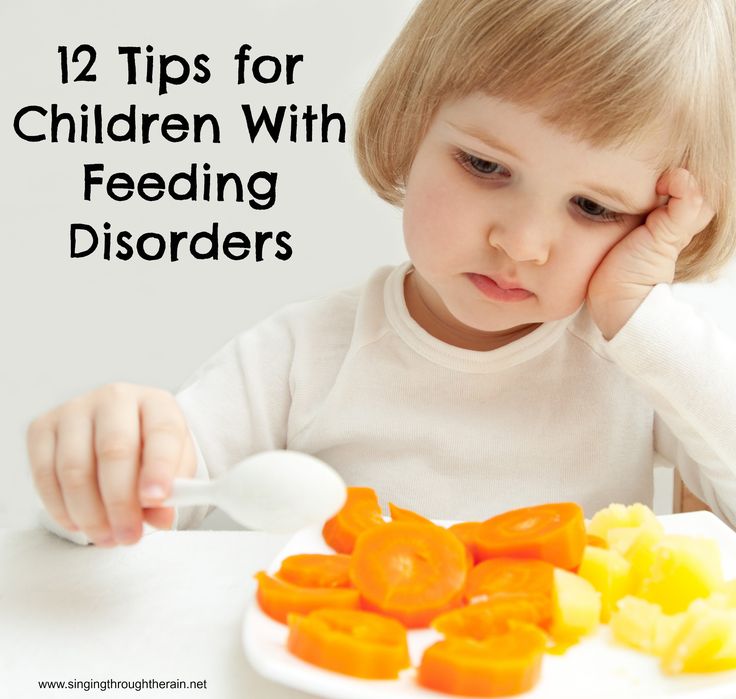 The goal is for individuals to accept the difficulties and issues in their lives and then commit to making changes in their current behavior. According to Good Therapy, there are several core processes involved in ACT.
The goal is for individuals to accept the difficulties and issues in their lives and then commit to making changes in their current behavior. According to Good Therapy, there are several core processes involved in ACT.
- Acceptance – This means allowing unpleasant thoughts and experiences to exist without trying to alter or change them.
- Being Present – This means living in the moment without trying to change the experience or predict what will happen next.
- Self as Context – This means that people can find themselves outside of the current experience.
- Values – Individuals will try to work toward and live out the values that are important to them.
- Committed Action – The person will commit to living their values on a daily basis.
Being able to relate to different events and ideas is a primary concept in Acceptance and Commitment Therapy. This type of therapy is used to treat anxiety as well as eating disorders.
Nutritional Therapy
Understanding nutrition is obviously an important aspect of treating an eating disorder. Nutritional therapy is often used in conjunction with other types of psychotherapy. Registered Dietitians are professionals that have extensive education and meet licensing requirements in the field of nutrition. These professionals can help individuals establish a new relationship with food. A dietitian can teach people how to understand hunger and fullness in ways that will enable them to develop successful eating habits. The National Eating Disorders Association (NEDA) states that treatment goals for both Anorexia Nervosa and Bulimia Nervosa include developing a neutral relationship with food.
There are also physical goals that registered dietitians can help people meet. These could include establishing correct blood-sugar levels and regulating blood phosphate levels. Nutritional therapy plays a crucial role from the very beginning of treatment and throughout the recovery process.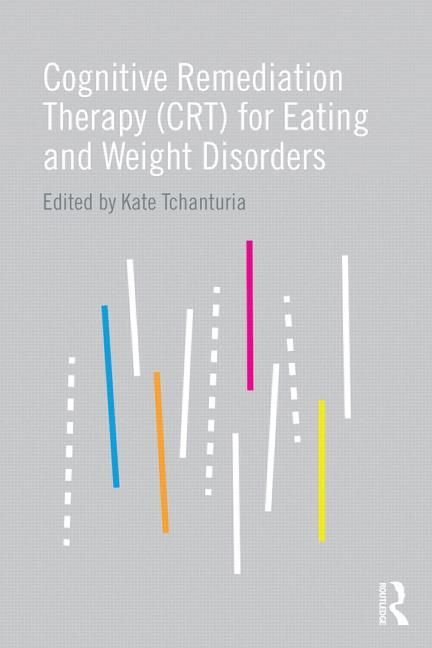 Dietary recommendations can help initiate a positive relationship with food both physically and psychologically. A dietitian can also help people establish an eating routine they can successfully follow for the rest of their lives. When looking for eating disorder treatment centers, it’s important to find one that provides adequate nutritional counseling.
Dietary recommendations can help initiate a positive relationship with food both physically and psychologically. A dietitian can also help people establish an eating routine they can successfully follow for the rest of their lives. When looking for eating disorder treatment centers, it’s important to find one that provides adequate nutritional counseling.
Family Therapy
Incorporating family members into therapy can help individuals identify problems that are hindering their progress and encourage the entire family to work together to solve those problems. While this is especially true for adolescents working toward becoming fully recovered, family therapy can help people of all ages. According to the National Institutes of Health, family therapy is particularly helpful for adolescents that have Anorexia Nervosa. Family therapy can help an individual deal with family conflicts that may be a contributing factor in an eating disorder.
There are several different approaches a therapist can take when bringing the entire family into therapy. The family works together as a unit to help the individual cope with upcoming life events or challenges. Some methods have included the family actually bringing a meal into therapy so the therapist can observe and instruct the family. Since family members are often the most important individuals in a person’s life, this can be a very effective type of eating disorder counseling. Family issues are often at the root or contribute to a variety of eating disorders.
The family works together as a unit to help the individual cope with upcoming life events or challenges. Some methods have included the family actually bringing a meal into therapy so the therapist can observe and instruct the family. Since family members are often the most important individuals in a person’s life, this can be a very effective type of eating disorder counseling. Family issues are often at the root or contribute to a variety of eating disorders.
Expressive Arts Therapy
Expressive Arts Therapy combines creative arts and psychology therapy to promote healing and growth. The type of creative arts that are incorporated into the therapy process can include music, dance, theater, or even poetry. These are just a few of the artistic forms that can be used for eating disorder treatment. A therapist will observe an individual’s impulses during the time of artistic expression.
Throughout the therapy process, individuals may express themselves through storytelling, poetry, or other art forms.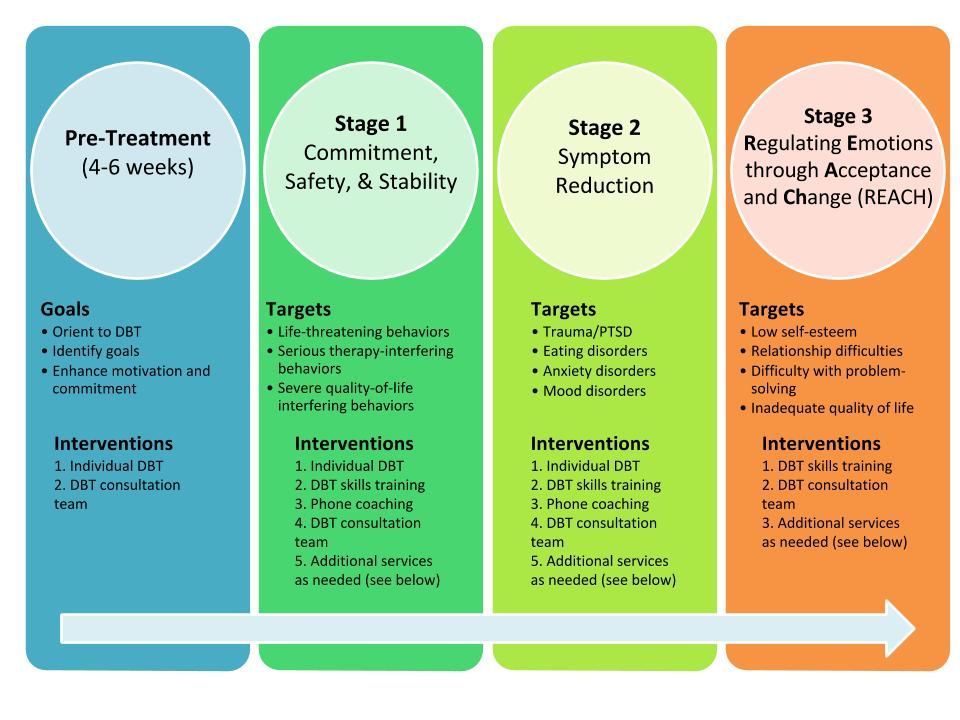 The therapy is not necessarily based on the final result, but on the creative process itself. Artistic expression is used to bring forth and understand inner feelings. The theory is that since art comes from an emotional place inside of individuals this is a creative way to bring out emotions that may be hindering or detrimental to a person’s success in life. Creativity becomes the path to understanding and self-discovery.
The therapy is not necessarily based on the final result, but on the creative process itself. Artistic expression is used to bring forth and understand inner feelings. The theory is that since art comes from an emotional place inside of individuals this is a creative way to bring out emotions that may be hindering or detrimental to a person’s success in life. Creativity becomes the path to understanding and self-discovery.
The eating disorder recovery process should be customized to meet each individual’s personal needs. Before deciding which type of therapy or a combination of therapy is the best treatment option, individuals will need to find the best treatment center to meet their needs. Oliver-Pyatt Centers provide extensive psychiatric and medical care for their patients. This includes a variety of therapies. Wendy Oliver-Pyatt states, “Whether you are mentally or physically exhausted from your eating disorder, or not yet ready to let go, there is the possibility for change and personal growth in your life.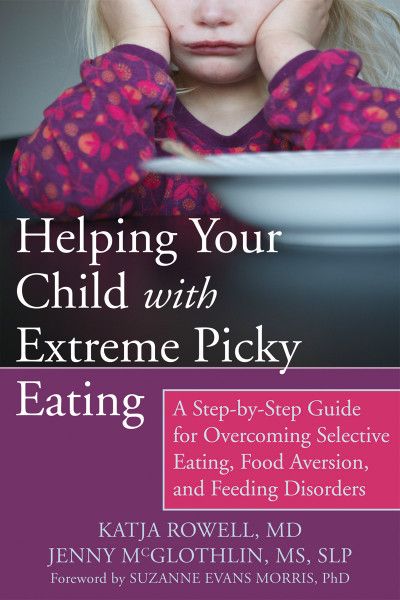 ” Contact Oliver-Pyatt Centers today to learn more about these exciting possibilities.
” Contact Oliver-Pyatt Centers today to learn more about these exciting possibilities.
Source
https://www.apa.org/ptsd-guideline/patients-and-families/cognitive-behavioral
https://www.ncbi.nlm.nih.gov/pubmed/23073973
https://deploymentpsych.org/treatments/cognitive-processing-therapy-cpt
https://sophia.stkate.edu/cgi/viewcontent.cgi?article=1563&context=msw_papers
https://www.goodtherapy.org/learn-about-therapy/types/acceptance-commitment-therapy
https://www.nationaleatingdisorders.org/blog/introduction-nutritional-therapy
https://www.ncbi.nlm.nih.gov/pmc/articles/PMC5459462/
https://www.oliverpyattcenters.com/medical-psychiatric-clinical-care/
Eating disorders - treatment of eating disorders by a psychologist and psychotherapist, therapy of eating disorders
Eating disorders are psychologically determined behavioral syndromes associated with food, leading to a deterioration in the quality of life and representing a danger to health.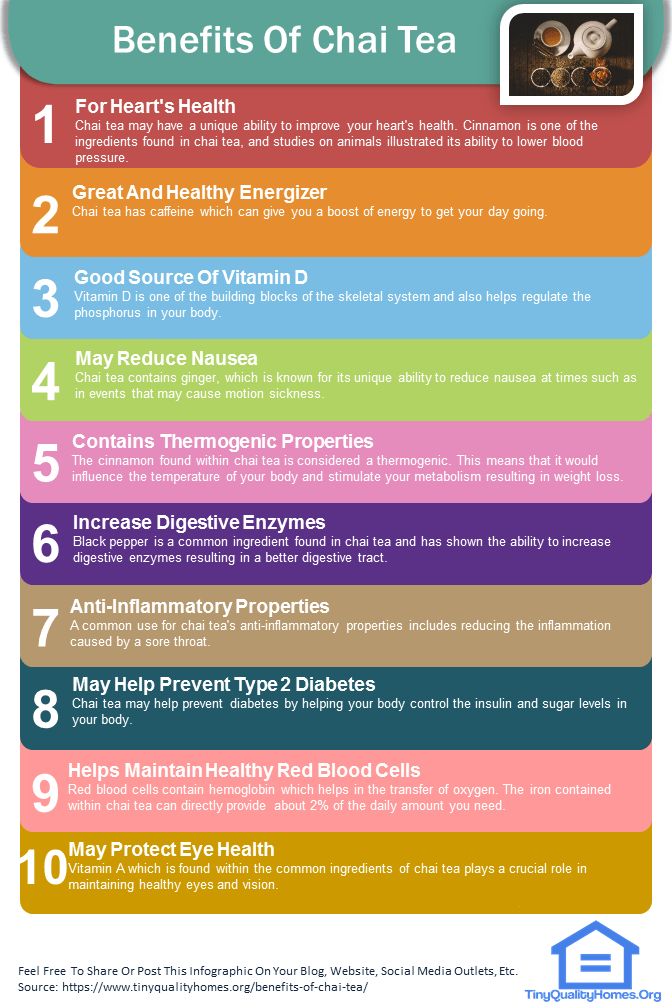 In contrast to periodic violations of the diet, overeating, passion for a certain product or dish, a short-term diet, disorders are characterized by high frequency, inability to control oneself, unwillingness to see the problem. Eating disorders can cause the development of life-threatening conditions, therefore, if you find dangerous symptoms, do not try to cope with the problem on your own, but consult a doctor in Moscow by visiting the Center for the Study of Eating Disorders.
In contrast to periodic violations of the diet, overeating, passion for a certain product or dish, a short-term diet, disorders are characterized by high frequency, inability to control oneself, unwillingness to see the problem. Eating disorders can cause the development of life-threatening conditions, therefore, if you find dangerous symptoms, do not try to cope with the problem on your own, but consult a doctor in Moscow by visiting the Center for the Study of Eating Disorders.
Article content:
- Types of violations
- Causes of occurrence and development
- Symptoms in disorders
- Troubleshooting
- Treatment approaches
- The main directions of psychotherapy
- Which therapy is effective?
Types of violations
The International Classification of Diseases (ICD-10) describes the following disorders:
- Anorexia nervosa is a deliberate and physiologically unjustified weight loss through diets, fasting, increased physical activity.
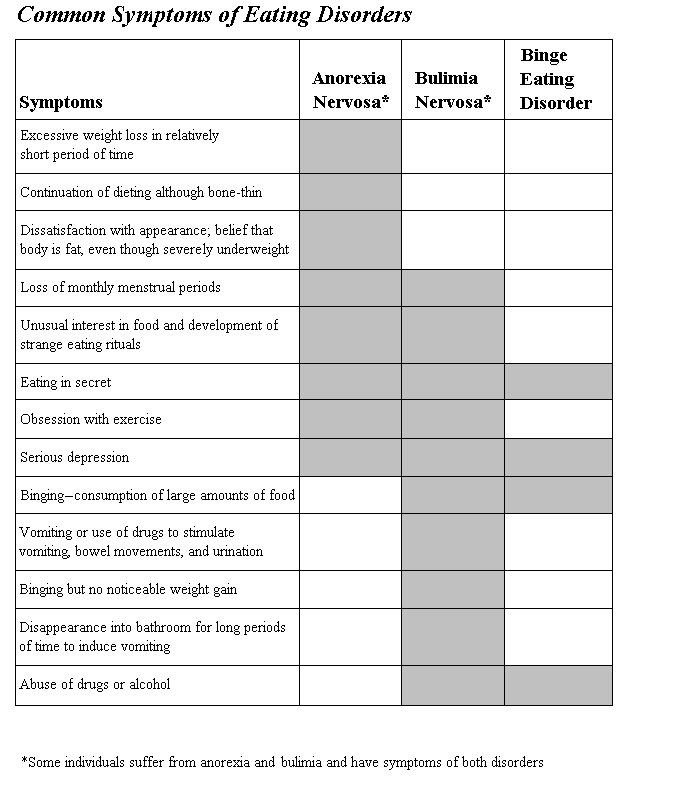
- Bulimia - bouts of overeating, after which a person carries out cleansing procedures for fear of gaining excess weight.
- Psychogenic overeating - food becomes the main defense against stress, psychological discomfort.
- Psychogenic vomiting - occurs spontaneously in hypochondriacal, dissociative disorders.
- Eating inedible - this diagnosis can be made in adults or adolescents. In children, such actions are caused by other factors and often do not require help, but only careful monitoring.
- Psychogenic loss of appetite.
Obesity is not an ED.
Causes of occurrence and development of disorders
Eating disorders occur due to personal, social, physiological, emotional factors. Often disorders develop under the influence of several reasons. But you should remember that you are not to blame for the problems, but you need help.
Symptoms in disorders
Body weight deviation from the norm may occur due to eating disorders or indicate the development of other diseases. If body weight is within the normal range, you should seek therapy at the CIRP if you have the following symptoms:
If body weight is within the normal range, you should seek therapy at the CIRP if you have the following symptoms:
- prolonged loss of appetite;
- eating inedible objects;
- aversion to food;
- recurring uncontrollable desire to eat - overweight or obesity appears;
- getting rid of food by inducing vomiting or using laxatives;
- a strong feeling of discomfort, depression due to fullness or insufficient body weight, especially if it is not very different from the norm.
Often, patients do not recognize deviations in eating behavior, do not see the true problem.
Troubleshooting
Diseases that develop due to eating disorders can be life-threatening, causing damage to internal organs. It is better to diagnose them in the early stages. Treatment of RPP, diagnosis is carried out by several specialists with the appointment of laboratory tests. The patient is examined by a psychiatrist and, if necessary, referred for a consultation with an endocrinologist, cardiologist, gastroenterologist or other specialists. A psychologist also works with him, and a nutritionist helps to choose a diet.
The patient is examined by a psychiatrist and, if necessary, referred for a consultation with an endocrinologist, cardiologist, gastroenterologist or other specialists. A psychologist also works with him, and a nutritionist helps to choose a diet.
Treatment approaches
For each patient, an individual program for the treatment of eating disorders is selected, which depends on the nature and cause of the disorder, the patient's condition at the time of contacting the "CIRPP". The psychiatrist makes a preliminary diagnosis, conducts diagnostics. In some cases (low body mass index, low or high blood pressure, life-threatening disorders in the functioning of the kidneys, heart, stomach), the patient requires urgent hospitalization and intensive care. As soon as the acute symptoms are relieved by drug treatment, a psychologist can start working with the patient.
When is medication needed?
Depending on the condition of the patient suffering from eating disorders, the psychiatrist prescribes drug therapy.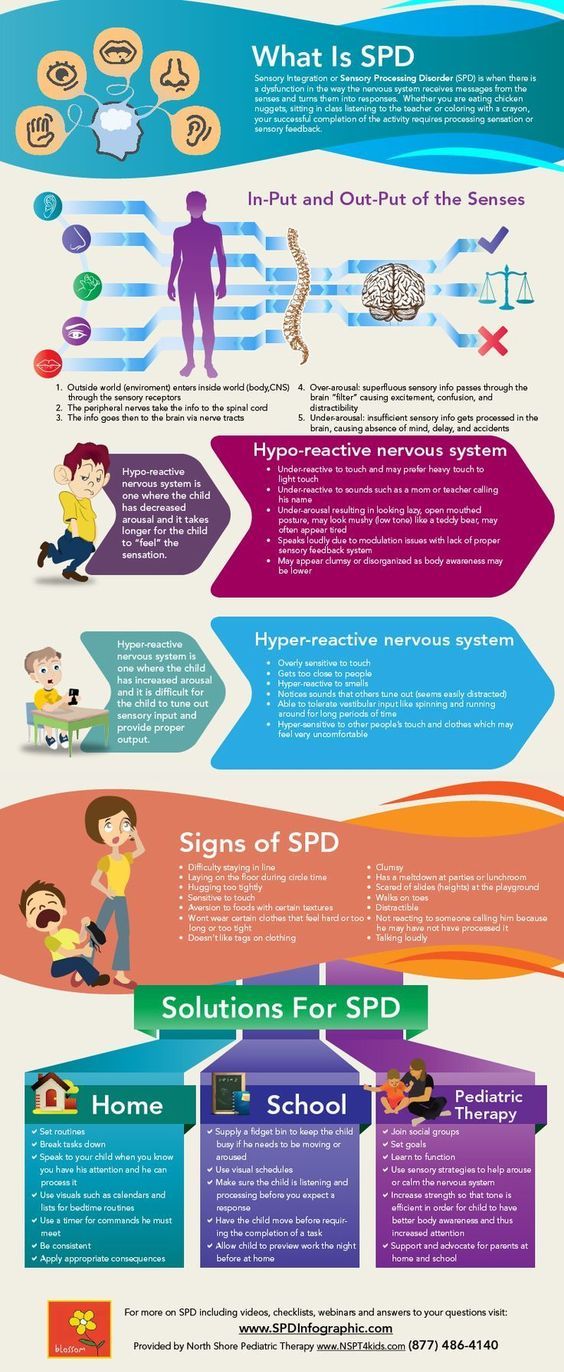 It is possible to take antidepressants for a short time in the early stages of treatment if bouts of overeating provoke a depressive state or anxiety.
It is possible to take antidepressants for a short time in the early stages of treatment if bouts of overeating provoke a depressive state or anxiety.
Main directions of psychotherapy
The number of diagnosed eating disorders is constantly on the rise. New approaches to the treatment of ED are being developed in the EU, Russia, and the USA. CIRP specialists track the achievements of European and American colleagues using effective methods:
- cognitive behavioral;
- family;
- dialectical behavioral.
What type of therapy for an eating disorder is needed by the patient is determined by the attending psychiatrist. Often several methods are used - simultaneously or alternately. They can offer both individual work, which helps a person to understand himself, increase self-esteem, and group psychotherapy, which will make it possible to realize that other people also face such problems and successfully overcome them.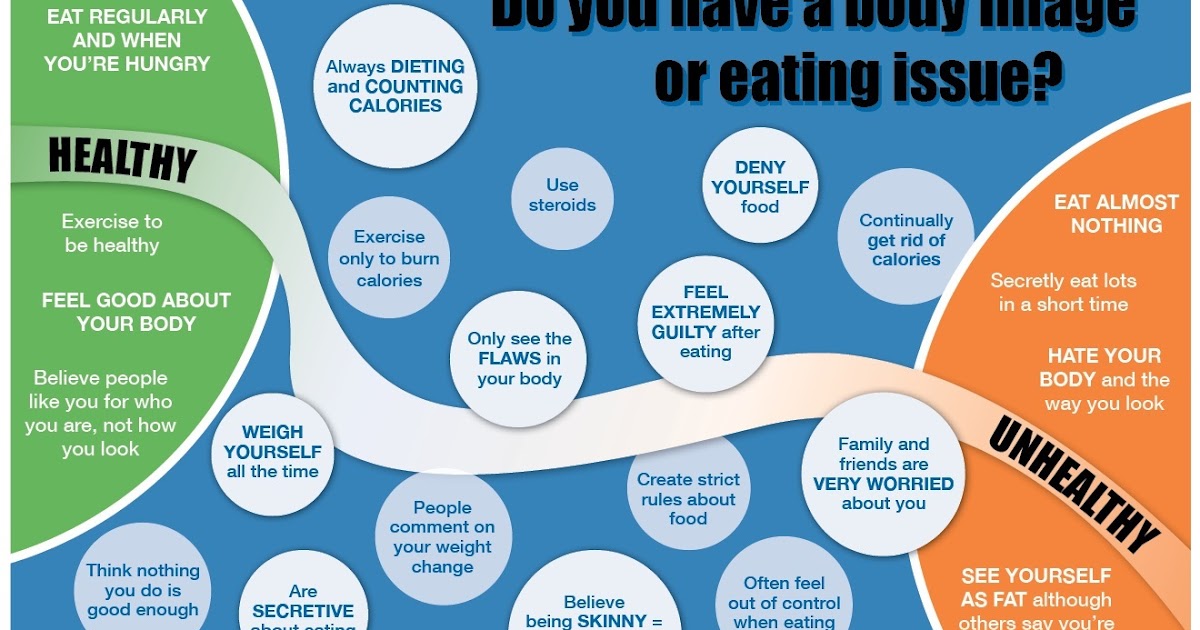
Cognitive behavioral therapy (CBT)
A common method, the effectiveness of which is confirmed by research. It combines the tools of cognitive therapy, which works with thinking errors, and the behavioral method, which allows a person to learn how to change their behavior to solve a problem. The help of a psychologist allows you to identify thinking errors, develop a new line of behavior, and learn how to eliminate symptoms.
Family Based Therapy (FBT)
It was developed in a British clinic and has shown excellent results in the treatment of patients suffering from eating disorders. A feature of this method is the work of a psychotherapist with the patient and his family members. The doctor will help the patient, his family to choose a course of action and together overcome the difficult stages of treatment. Both individual sessions of psychotherapy with family members and group sessions are held.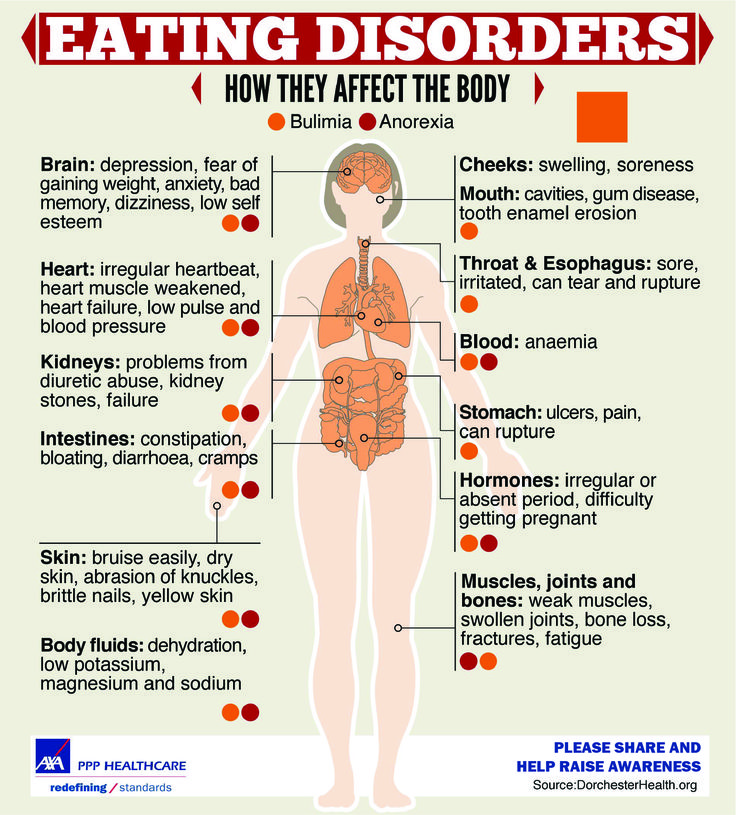 They allow you to track the changes that have occurred to a person as a result of an illness, find a way to help him, improve the psychological climate in the family.
They allow you to track the changes that have occurred to a person as a result of an illness, find a way to help him, improve the psychological climate in the family.
Dialectical Behavior Therapy (DBT)
Dialectical Behavior Therapy aims to teach people with eating disorders alternative ways of emotional regulation that are not related to eating or not eating. Psychotherapy for the patient provides an opportunity to gain skills:
- safe emotional self-regulation;
- conscious eating behavior - focus on the feeling of hunger, the body's objective needs for nutrients;
- experiencing crisis situations - after a course of DBT psychotherapy, the likelihood of relapse of the disease decreases under severe stress;
- communication - the ability to build constructive, friendly relationships with people allows you to make a person's life comfortable, learn to cope with stress.
Group psychotherapy
In group therapy for eating disorders, communication skills are worked out.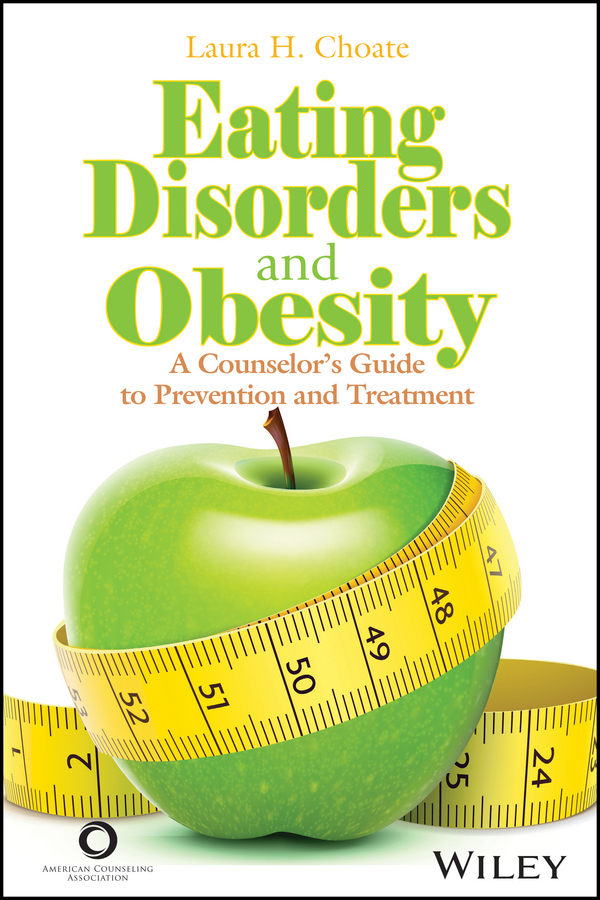 A person gets the opportunity to talk about the problem with other people, to understand that he is not alone in his experiences, and that what is happening to him is not his fault. This allows you to cope with the violation of body perception. Treatment of disorders will be effective if a person learns to receive positive emotions from playing sports, art, and communication. Depending on the characteristics of the individual, interests and preferences of the patient, the "CIRPP" may recommend to him:
A person gets the opportunity to talk about the problem with other people, to understand that he is not alone in his experiences, and that what is happening to him is not his fault. This allows you to cope with the violation of body perception. Treatment of disorders will be effective if a person learns to receive positive emotions from playing sports, art, and communication. Depending on the characteristics of the individual, interests and preferences of the patient, the "CIRPP" may recommend to him:
- dance movement therapy;
- art therapy;
- interpersonal psychotherapy;
- body-oriented psychotherapy.
Interpersonal Psychotherapy (IPT)
In order to cure the disorders that have arisen at the initial stage, patients are recommended to undergo a course of interpersonal psychotherapy. It allows you to help with the aggravated experience of grief that arose as a result of death or separation from a loved one. This type of psychotherapy is also effective in interpersonal role conflicts. To conduct effective therapy in adolescents, it is often necessary to work out a role transition, which will help to master new social roles, which is necessary at different stages of growing up. The treatment of eating disorders also affects the problem of the deficit of interpersonal relationships, which interpersonal psychotherapy helps to solve.
This type of psychotherapy is also effective in interpersonal role conflicts. To conduct effective therapy in adolescents, it is often necessary to work out a role transition, which will help to master new social roles, which is necessary at different stages of growing up. The treatment of eating disorders also affects the problem of the deficit of interpersonal relationships, which interpersonal psychotherapy helps to solve.
Dance movement therapy
In the treatment of eating disorders, dance movement therapy is effective. It allows you to solve the following tasks:
- better understand the body, its capabilities;
- improve self-esteem;
- develop communication skills;
- improve physical condition, ensure physical activity with optimal load.
Like other types of therapy, classes are conducted under the guidance of psychotherapists. They help to cope with constraint, to be liberated, to create a benevolent atmosphere in the group.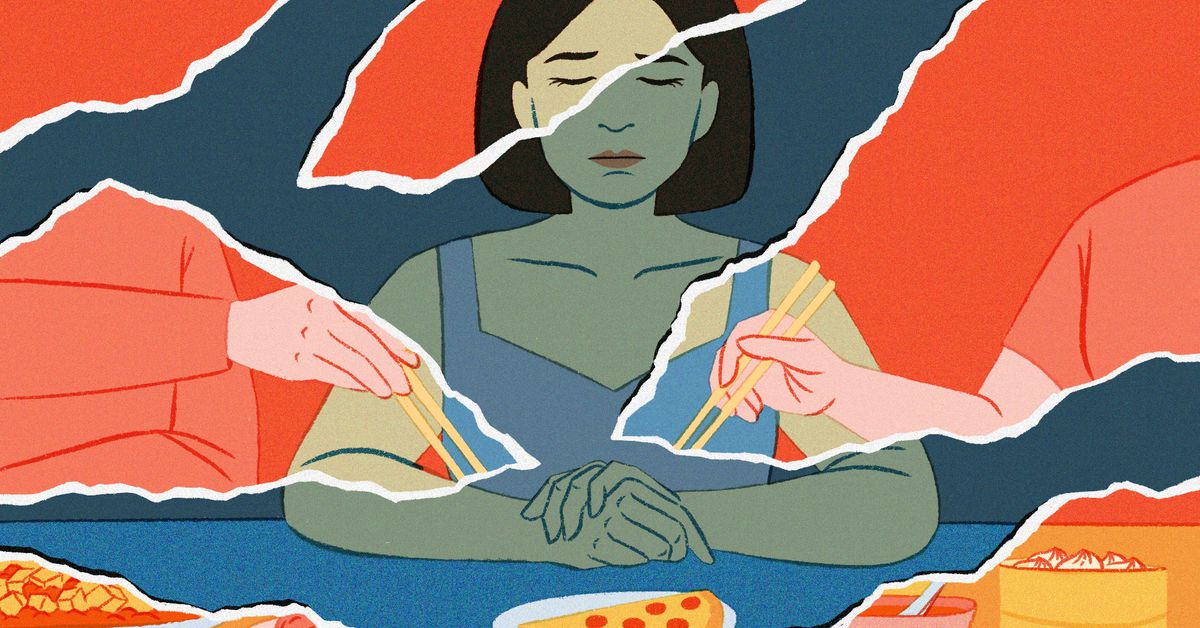 In dance movement therapy, the optimal number of sessions is not determined. The method is designed for long-term work until the patient feels the benefit, pleasure.
In dance movement therapy, the optimal number of sessions is not determined. The method is designed for long-term work until the patient feels the benefit, pleasure.
Art therapy
Art helps a person express feelings, so it can effectively treat eating disorders.
This method of treatment makes it possible to realize, accept, express feelings, get rid of negativity, get positive emotions. The patient learns to use alternative ways of emotional self-regulation that are not related to food.
Treatment can be carried out both in groups and individually. The psychologist, in agreement with the patient, selects an interesting type of activity: drawing, modeling, crafts from various materials. The effectiveness of treatment is not affected by the patient's creative potential, so you should not give up art therapy because of the fear of not being able to cope with the tasks.
Which therapy is effective?
Treatment of the disease associated with eating disorders must be dealt with in a complex manner. In order for the treatment to help, CIRP specialists use different methods.
Even with the same diagnosis, treatments that are effective for one patient may not be suitable for another. When choosing individual and group classes, you should not rely on the recommendations of friends or other patients.
But if you feel like expressing your feelings through dance, yoga, or wood crafts, tell your mental health professional. CIRP offers a wide range of treatment methods that are used in clinics in Europe and the USA. Doctors will be able to choose effective therapy. Make an appointment in Moscow by phone +7(499) 703-20-51 or online.
Author: Anna Korshunova
Head of the Center for the Study of Eating Disorders,
psychiatrist, psychotherapist.
Treatment of anorexia and bulimia in adolescents in Moscow | Center for the Study of Eating Disorders and Therapy
Benefits of Our Clinic
International Standards for the Treatment of Eating Disorders
CIRC applies international standards for the care of patients with eating disorders. We use UK guidelines for the diagnosis and treatment of eating disorders in adults and adolescents.
Safe nutrition and weight recovery
The clinic has a specialized nutritional department that deals with the restoration of nutrition in UTI with an individual approach to each patient. Every day there is a purpose of a nutrition plan and a clear control over its implementation. The developed individual menu for patients is regularly adjusted based on the treatment process.
Effective Psychotherapy Techniques
CIRC uses scientifically proven psychotherapy techniques: Dialectical Behavioral Therapy for Eating Disorders (DBT), Family Based Therapy (FBT).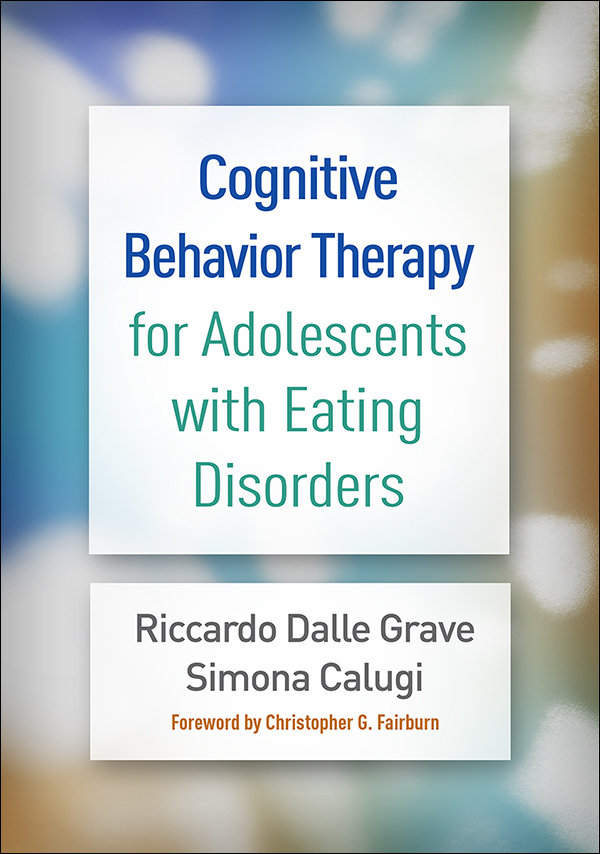 The center has a large staff of psychologists, allowing each patient to receive maximum attention and treatment.
The center has a large staff of psychologists, allowing each patient to receive maximum attention and treatment.
Integrating the family into the treatment process
We include parents and loved ones in the treatment process at the clinic. Our center has organized a multi-family psychotherapeutic group, where patients and their parents, as well as other family members at will, participate. Group sessions help patients and their families to distinguish the personal characteristics of patients from the changes that have occurred as a result of the disease and find a way to help them go through the process of recovery more easily.
Medical replacement nutrition
The work of internal organs and body weight in ED cannot be restored solely through food, it is harmful and fraught with complications. Therefore, in our clinic, we use expensive methods of parenteral nutrition to restore impaired body functions without stressing the pancreas and liver.
A large team of qualified specialists
A close-knit team of clinic specialists from different fields of medicine works with each patient: psychiatrist, psychologist, nutritionist, therapist, endocrinologist, neurologist, gastroenterologist, pediatrician and other specialists if necessary.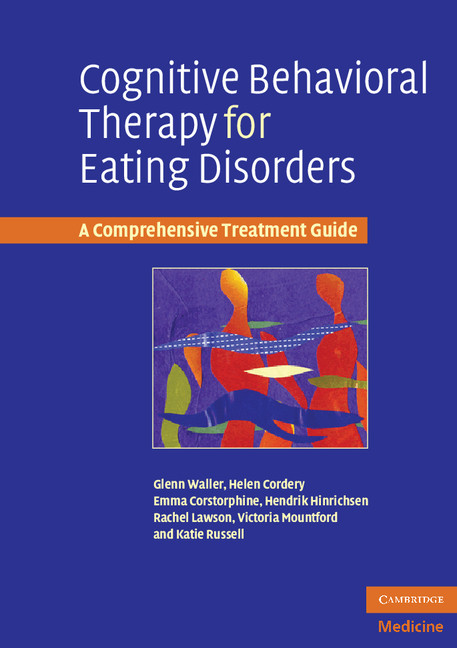
Voluntary
Treatment at the Center is only voluntary. In our clinic, we do not use involuntary hospitalization of patients with an eating disorder by court, unlike state psychiatric hospitals, due to the ineffectiveness of involuntary treatment.
Privacy
We do not send any information to the PND and do not register.
Comfort
Comfortable conditions of stay are provided in our Center. Each room has an individual shower and toilet, and high-speed wifi is available. In the group room there is a TV with the possibility of online watching films of your choice, there is a piano, books, board games and puzzles, art supplies, soft ottomans for relaxation.
Measures to prevent and protect the health of patients and employees
Dear patients! Center for the Study of Eating Disorders works normally. We do our best to and continue to provide you with a full-fledged qualified help, so at the Center for the Study of Eating Disorders all necessary measures have been taken to prevent and protect visitors and employees from coronavirus infection:
- Enhanced precautions as recommended Ministry of Health and Rospotrebnadzor.
